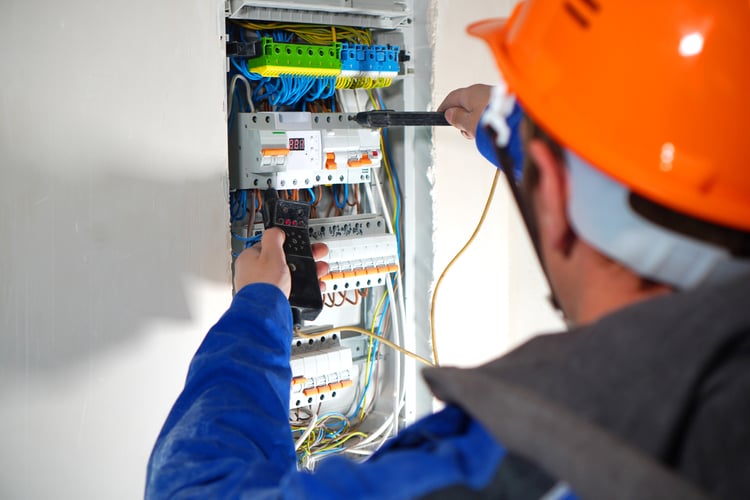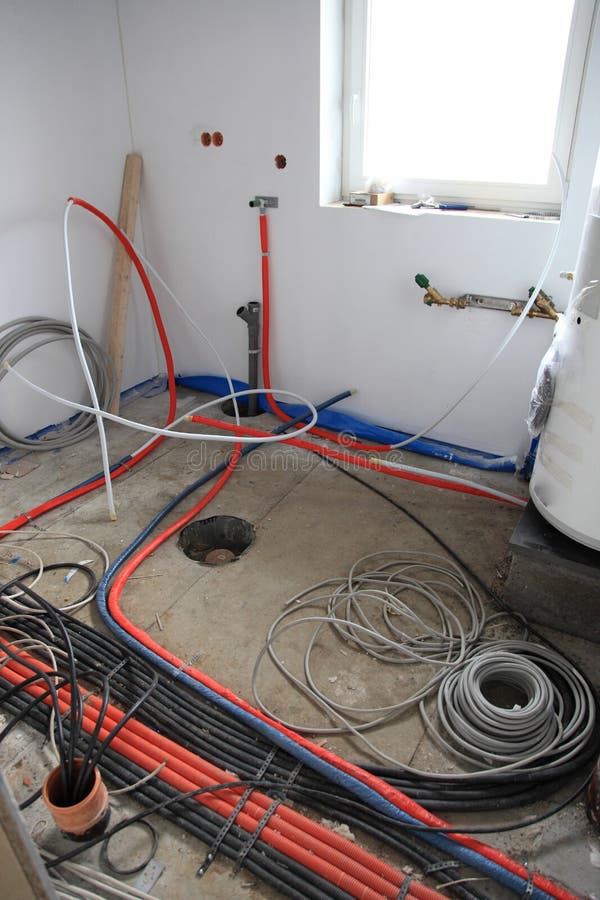Tailored BRE Electrical Solutions for Residences and Organizations
Tailored BRE Electrical Solutions for Residences and Organizations
Blog Article
The Ultimate Guide to Electric Installation: Tips and Techniques for a Safe and Effective Home Wiring System
In the realm of home upkeep, couple of facets are as essential yet typically ignored as the electric wiring system. By exploring the nuances of electrical safety and security procedures and energy-saving methods, this thorough guide will certainly shed light on the details of home wiring, empowering individuals to take charge of their home's electrical infrastructure.
Understanding Electric Precaution
To ensure the security of both people and property, understanding and carrying out correct electrical safety procedures is extremely important in any type of home circuitry project. It is vital to carry out a detailed evaluation of the electric system prior to beginning any wiring job to recognize potential risks or problems that need to be attended to.
Furthermore, making use of the ideal tools and equipment is crucial for maintaining security throughout electric installments. Insulated gloves, voltage testers, and safety eyewear are some of the basic security gear that must be put on to avoid electric shocks or mishaps. It is additionally vital to de-energize circuits prior to servicing them and to identify all circuits and breakers clearly to prevent confusion.

Vital Tools for Home Circuitry
Guaranteeing the correct implementation of electrical security procedures in home electrical wiring tasks involves utilizing a certain collection of essential tools made to assist in the installation procedure efficiently and safely. Some of the secret tools required for home electrical wiring jobs include a voltage tester for examining live wires, wire strippers for removing insulation from wires, a cable cutter for specifically cutting wires to size, a screwdriver established for safeguarding electrical elements, electrical tape for insulation and securing connections, a cable television ripper for stripping cable television sheathing, and a multimeter for gauging voltage, existing, and resistance.
Step-by-Step Electric Setup Guide
Starting an electrical setup job needs careful preparation and adherence to security guidelines. Prior to starting any kind of job, guarantee you have an in-depth strategy outlining the format of the electric system, including the placement of electrical outlets, buttons, and fixtures. Consider the power requirements of each tool to figure out the appropriate wire gauge and breaker dimensions.
The initial step in the installment process is to shut down the power supply to the location where you will be functioning. Utilize a voltage tester to confirm that the circuits are de-energized prior to touching any kind of cables. Next off, meticulously eliminate existing fixtures or electrical outlets and detach the wires.
When setting up brand-new electrical wiring, run wires with walls and ceilings, protecting them in position click this site with appropriate fittings. Follow neighborhood building codes and manufacturer directions for correct wire setup and links. BRE Services. Make sure to classify wires for easy recognition and future upkeep

Troubleshooting Common Electrical Wiring Issues
Having completed the installation process as outlined in the previous subtopic, troubleshooting common wiring concerns is an important skill for ensuring the safety and capability of your electric system. One common issue is a tripped breaker, usually brought on by overloaded circuits or a brief circuit. To fix this, find the breaker panel, determine the tripped breaker by searching for the one not fully in the "on" placement, and reset it by flipping it fully to "off" and after that back to "on." An additional common problem is a faulty electrical outlet, defined by no power or intermittent power supply. Make certain the electrical outlet is not controlled by a button, then use a voltage tester to examine for power. If there is no power, shut off the circuit, inspect the circuitry links for any loose or damaged cables, and change the outlet if necessary. Constantly flickering lights can indicate loose circuitry links or an overloaded circuit. To address this, check and tighten up all wire links in the impacted fixtures and buttons and redistribute the lots on the circuit to balance the electrical demand. Regularly evaluating and immediately dealing with these usual circuitry issues will keep the safety and performance of your home electrical system.
Tips for Energy-saving Electric Equipments
For optimal energy performance in electric systems, implementing wise methods and using energy-saving innovations is vital. One crucial idea for attaining an energy-efficient electric system is check it out to update to LED illumination. LED light bulbs take in significantly less energy than conventional incandescent bulbs and have a longer life expectancy, making them a cost-efficient selection in the lengthy run. In addition, mounting programmable thermostats can assist control heating and cooling systems, reducing power waste when no person is home. Another approach is to purchase energy-efficient home appliances that are ENERGY STAR certified, guaranteeing they fulfill high requirements for energy efficiency. Correct insulation and securing of windows, doors, and electric outlets can also protect against power loss, eventually decreasing the workload on electric systems. Take try this into consideration integrating renewable power sources like solar panels to more reduction reliance on standard power grids. By incorporating these energy-efficient pointers and technologies, property owners can not only conserve money on their power expenses however also lower their environmental impact.
Final Thought
Finally, implementing proper safety measures, utilizing important devices, adhering to a step-by-step setup overview, repairing common problems, and including energy-efficient tips are important for a risk-free and reliable home wiring system. By adhering to these methods, home owners can ensure the longevity and performance of their electric setups. It is very important to prioritize safety and efficiency when it concerns electrical operate in order to stop possible hazards and to maintain a trustworthy electric system in the home.
Report this page